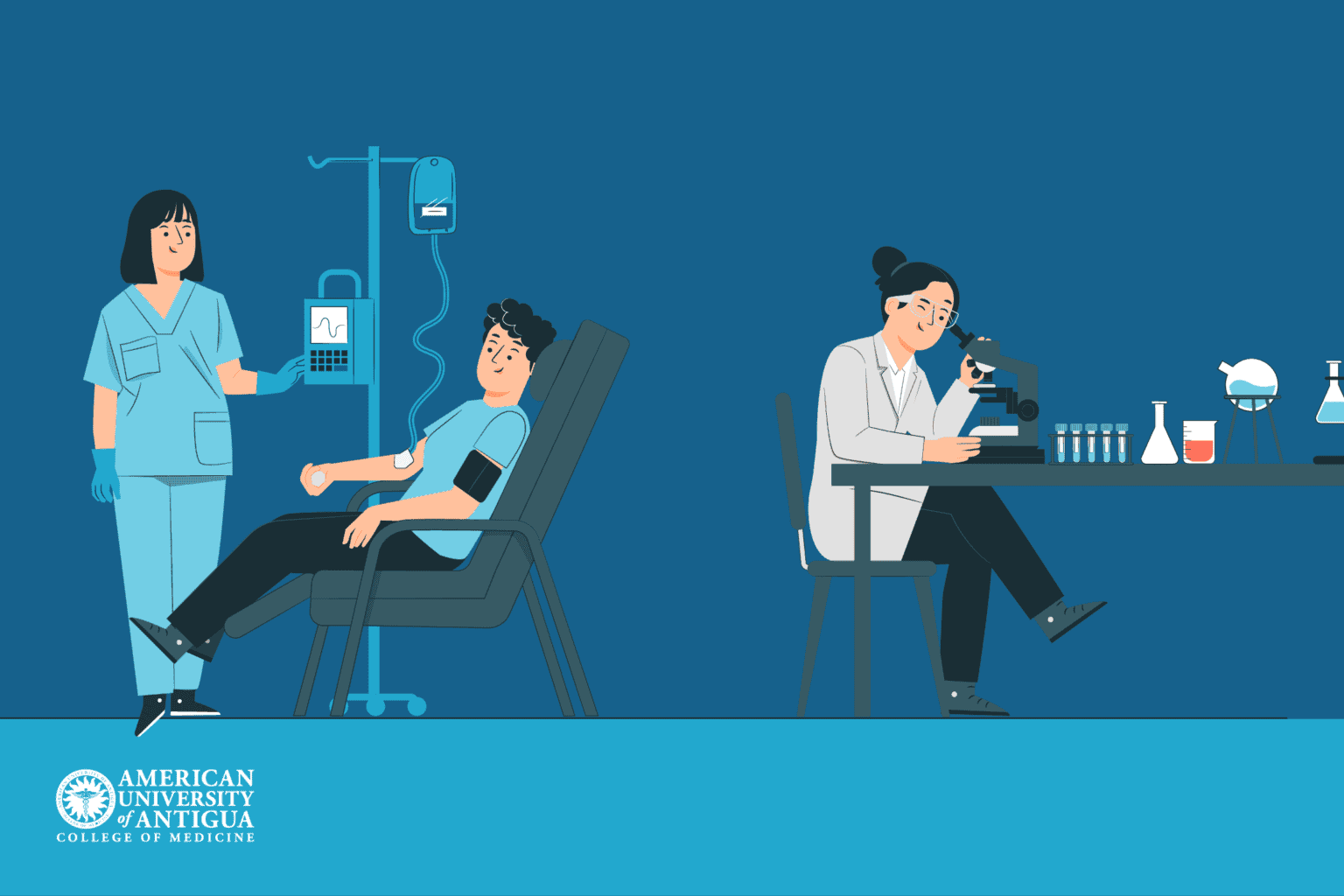
Somewhere Between Blood and Tissue, Their Paths Meet
Hematology begins with circulation. Oncology begins with abnormal growth.
One sees blood as a moving map. The other, as a field of disruptions.
They study different starting points but watch similar outcomes.
Because cancer can live in the blood. And blood can carry what shouldn’t be there.
The two fields meet where movement and mutation overlap.
And that overlap is more common than most people realize.
Cancer Can Live in the Blood
Not all cancers form lumps. Some travel silently inside veins.
Leukemia doesn’t settle in one place. It spreads before it’s seen.
Multiple myeloma moves inside bones but starts in marrow.
Lymphoma touches lymph first, but blood later.
These aren’t solid tumors, but they’re no less complex.
And they don’t belong to just one field.
These Aren’t Solid Tumors, But They’re No Less Complex
A swollen node may lead to a scan.
That scan may lead to blood work.
Then, the diagnosis shifts—no mass, but still cancer.
Oncology steps in with treatment plans.
But hematology interprets the deeper signals.
Together, they handle what neither could alone.
The Diagnosis Shifts—No Mass, But Still Cancer
Language becomes tricky.
Some people hear “blood disorder” and not “cancer.”
Others hear both and don’t understand the link.
Doctors walk this space carefully, choosing words with weight.
Not everything in hematology is malignant.
But when it is, it often crosses into oncology’s hands.
Doctors Walk This Space Carefully
They watch blood counts rise or fall.
They review biopsy reports with caution.
Nothing moves fast, but nothing stands still either.
The pace is determined by biology, not fear.
One test leads to another, then another.
And eventually, a picture begins to form.
One Test Leads to Another, Then Another
Hematologists don’t stop at one result.
They read patterns, not points.
Oncologists do the same, but with different tools.
They rely on scans, masses, behaviors.
Together, they fill in each other’s blanks.
It’s a conversation, not a competition.
They Fill in Each Other’s Blanks
Some patients see both in the same hallway.
Their appointments overlap.
The treatments may differ, but the goal stays the same.
Understanding where disease lives and how it moves.
Blood tells one part of the story. Tissue, the other.
And healing depends on hearing both sides.
The Treatments May Differ, But the Goal Stays the Same
Hematology may recommend transfusion or immunotherapy.
Oncology may begin chemotherapy or radiation.
Some patients receive both, days apart.
The approaches vary based on where and how.
But in many cases, the doctor is the same.
Trained in both languages, they speak with one voice.
Trained in Both Languages, They Speak With One Voice
Hematologist-oncologists are dual specialists.
They see cancer in blood. They see disease in flow.
They’re not limited by discipline.
Their work overlaps diagnosis, treatment, and aftercare.
One visit may address fatigue, bleeding, and tumors.
Because the body doesn’t separate its systems.
One Visit May Address Fatigue, Bleeding, and Tumors
The body presents a list.
Doctors must sort what belongs where.
Some symptoms hide behind normal labs.
Others shout through elevated levels.
Neither field can work in isolation.
Not when the signals come from everywhere at once.
Neither Field Can Work in Isolation
The clinic may say “oncology” on the door.
But inside, blood samples wait beside scan results.
IV bags drip into veins carrying different diagnoses.
One chair holds someone with lymphoma.
The next, someone with anemia.
The line between specialties fades in real time.
The Line Between Specialties Fades in Real Time
Some cases stay in one corner.
A clot, a drop in platelets, nothing more.
Others spiral—cancer found through routine blood work.
Suddenly, both teams meet.
Not to take over, but to connect findings.
What’s separate in books merges in bodies.
